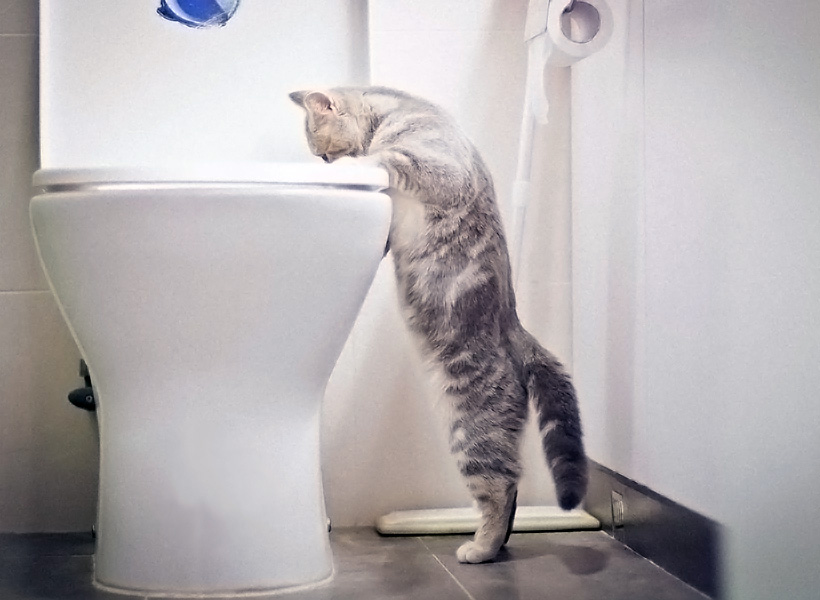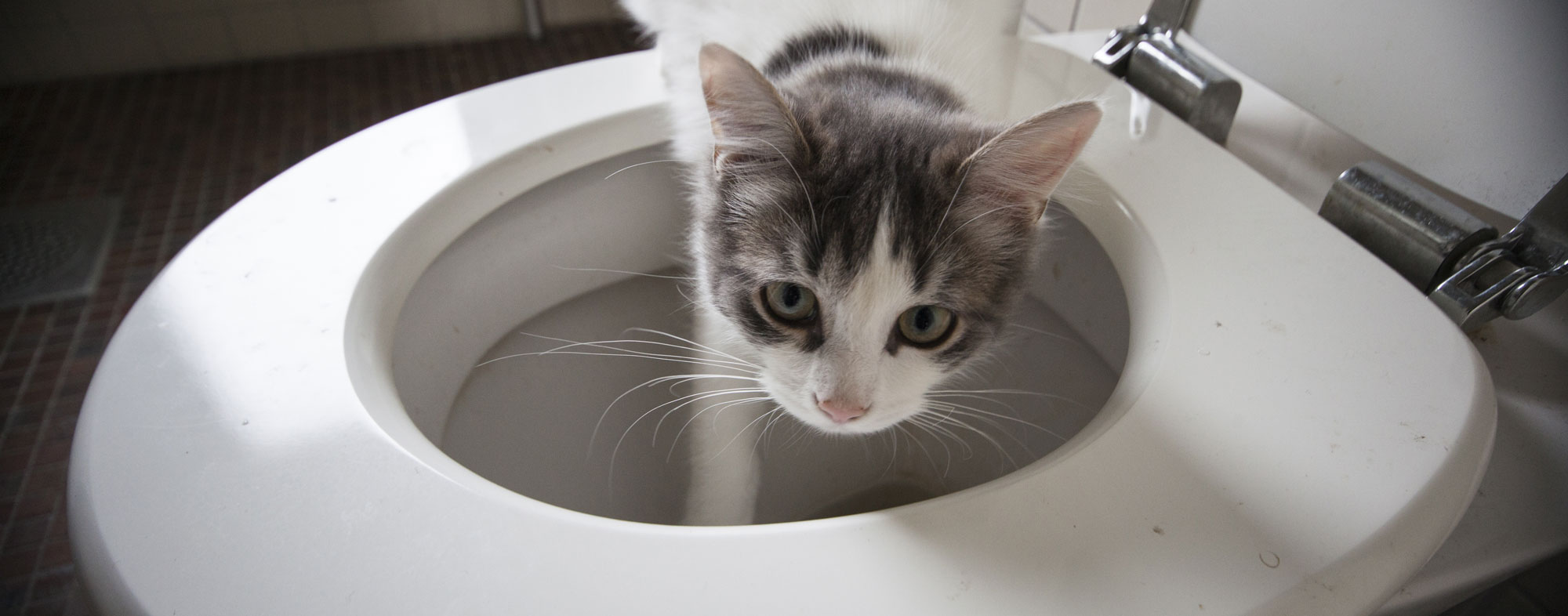Why You Have to Never Get rid of Animal Waste Down the Toilet
Why You Have to Never Get rid of Animal Waste Down the Toilet
Blog Article
They are making a number of great points regarding Should you flush animal waste down the toilet as a whole in this content further down.

When it comes to dealing with waste, especially animal waste, many individuals usually turn to the convenient option of flushing it down the toilet. However, this seemingly easy remedy can have major effects for the atmosphere and public health. In this article, we'll explore why flushing animal waste down the bathroom is a poor idea and supply different approaches for correct disposal.
Intro
Appropriate waste disposal is crucial for maintaining ecological sustainability and public health. While it may appear harmless to purge animal waste down the bathroom, it can cause various issues, both for the setting and human well-being.
Threats of flushing animal waste
Environmental influence
Purging pet waste presents damaging bacteria and microorganisms right into rivers, which can negatively influence water ecosystems. These virus can pollute water sources and injury marine life, interrupting fragile ecological communities.
Public health issues
Animal waste has harmful germs such as E. coli and Salmonella, which can position significant wellness threats to people. Purging animal waste down the toilet can infect water products, causing the spread of illness and infections.
Alternatives to flushing
As opposed to purging pet waste down the toilet, there are several alternate disposal methods that are a lot more environmentally friendly and sanitary.
Composting
Composting animal waste is an environmentally friendly means to take care of it. By composting, organic matter is broken down right into nutrient-rich dirt, which can be utilized to feed yards and plants.
Garbage dump disposal
Dealing with pet waste in a garbage dump is an additional choice. While not as eco-friendly as composting, it is a safer choice to flushing, as it protects against the contamination of water resources.
Family pet waste disposal systems
There are specific pet dog waste disposal systems offered that safely and hygienically get rid of animal waste. These systems typically utilize enzymes to break down waste and eliminate odors.
Actions to appropriate pet waste disposal
To ensure proper disposal of animal waste, adhere to these steps:
Scooping and nabbing waste
On a regular basis scoop and bag pet waste using biodegradable bags. This stops waste from contaminating the environment.
Using assigned waste bins
Dispose of bagged animal waste in designated waste bins, such as garden compost containers or garbage dump bins. Prevent flushing it down the commode in any way costs.
Cleansing litter boxes and pet dog areas frequently
Regularly tidy can and pet dog areas to prevent the buildup of waste and bacteria. Use pet-safe cleansing products to keep hygiene.
Advantages of appropriate disposal methods
Taking on proper disposal methods for animal waste supplies a number of advantages:
Minimized environmental pollution
Correct disposal techniques lower the risk of environmental pollution, shielding waterways and environments from contamination
Minimized threat of water contamination.
By preventing flushing animal waste down the bathroom, the danger of water contamination is considerably decreased, safeguarding public health.
Boosted cleanliness and hygiene
Appropriate disposal approaches promote better sanitation and hygiene, creating a safer setting for both humans and pets.
Final thought
To conclude, flushing pet waste down the commode is harmful to the setting and public health. By adopting alternate disposal techniques and adhering to proper waste management techniques, we can lessen the adverse influence of animal waste and contribute to a cleaner, healthier earth.
What To Do With Dog Poo – The Do's And Don'ts Of Disposing Of Faeces
Dog poo bins
Some councils provide dedicated dog waste bins in popular dog-walking areas that can take dog poo that has been bagged but you can legally dispose of dog waste in any public litter bin, as long as it is securely bagged. This also applies to your wheelie bin at home.
Do not flush
Water companies do not recommend flushing dog faeces down the toilet because certain parasites can survive the water processing treatment and are potentially harmful to humans. You should also never consider flushing dog poo that has been bagged down the toilet as the bags will not break down and instead create severe blockages in the sewage system.
In the woods
The Forestry Commission promotes a ‘stick and flick’ method for dealing with waste in the woods. This means finding a stick and using it to flick any poo from off the path so that it is out of the way of other walkers. You could also bury it as long as it is not in an area where there might be livestock.
Livestock
Parasites found in dog poo can be transmitted to livestock if they inadvertently eat infected faeces that has been left on grazing land. This could result in the death of sheep or abortion in cattle so you should always make sure you pick up your dog’s waste in fields where livestock could be present.

Do you really like more info about Don't Flush Your Pets Poo Down The Loo, Vet Warns? Try to leave a short review directly below. We will be glad to find out your insights about this post. We hope that you visit us again before long. Please pause to promote this page if you enjoyed it. We enjoy reading our article about Should you flush animal waste down the toilet.
Check This Out Report this page